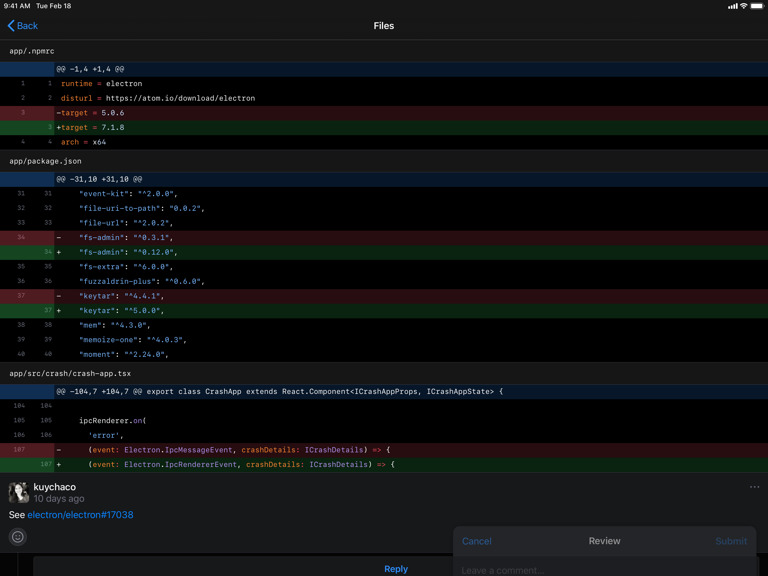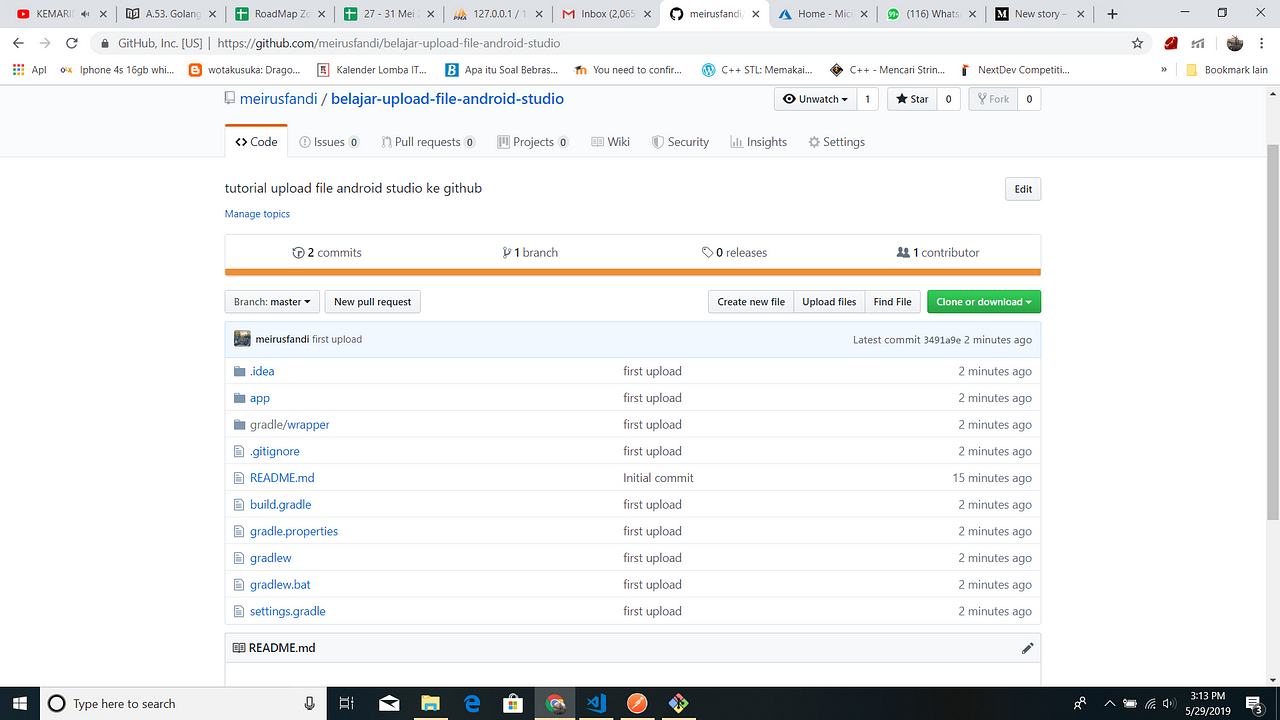

If these topics are new to you, read the Beginning Git, Beginning Android Development and Android App Distribution: From Zero to Google Play Store tutorials first.ĭownload the project by clicking the Download Materials button at the top or bottom of the tutorial. Note: This tutorial assumes you’re familiar with Git, Android development and releasing android apps.

You’ll do this while working with the RW Quotes app. Pushes the build to the Play Store with a rollout percentage after QA approves the changes.Pushes the build to Firebase App Distribution to deliver to your Quality Assurance (QA) team.
 Generates a release build, if those tests pass. Runs tests when you are ready to send a build. In this chapter, you’ll learn how to use GitHub Actions to set up a continuous delivery pipeline that: Delivering the software to the customer, preferably in a staged manner. If those tests pass, building a release version of the software. When you bring these steps together, you get continuous delivery. To deliver software confidently, you need tests to ensure your changes haven’t introduced any issues. Instead, the value comes when you use the code to build software that you can deliver to your customer. That code doesn’t directly provide value to the customer. “Our highest priority is to satisfy the customer through early and continuous delivery of valuable software.”īut what does this mean in software engineering terms? Well, picture having a repository where you regularly push code. One of the principles behind the Agile Manifesto states: Learn how to create a continuous delivery pipeline in Android to deploy your apps to the Google Play Store.
Generates a release build, if those tests pass. Runs tests when you are ready to send a build. In this chapter, you’ll learn how to use GitHub Actions to set up a continuous delivery pipeline that: Delivering the software to the customer, preferably in a staged manner. If those tests pass, building a release version of the software. When you bring these steps together, you get continuous delivery. To deliver software confidently, you need tests to ensure your changes haven’t introduced any issues. Instead, the value comes when you use the code to build software that you can deliver to your customer. That code doesn’t directly provide value to the customer. “Our highest priority is to satisfy the customer through early and continuous delivery of valuable software.”īut what does this mean in software engineering terms? Well, picture having a repository where you regularly push code. One of the principles behind the Agile Manifesto states: Learn how to create a continuous delivery pipeline in Android to deploy your apps to the Google Play Store.







 0 kommentar(er)
0 kommentar(er)
